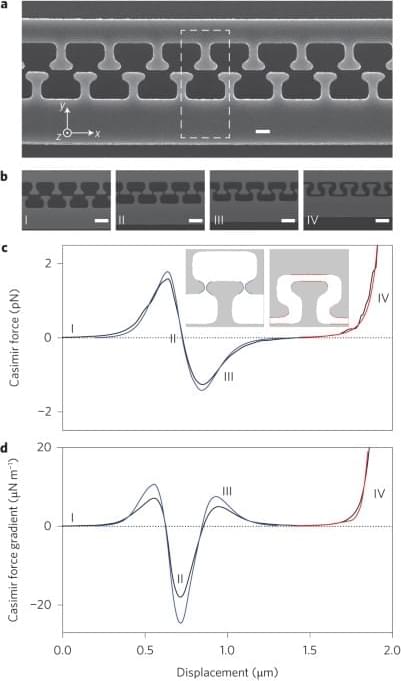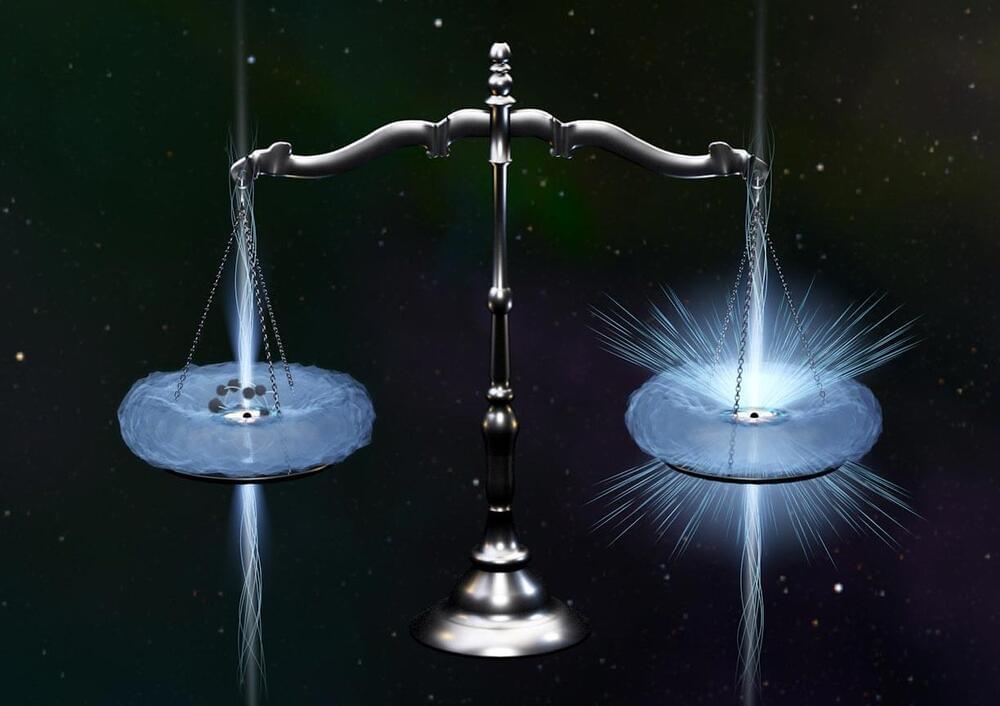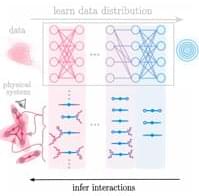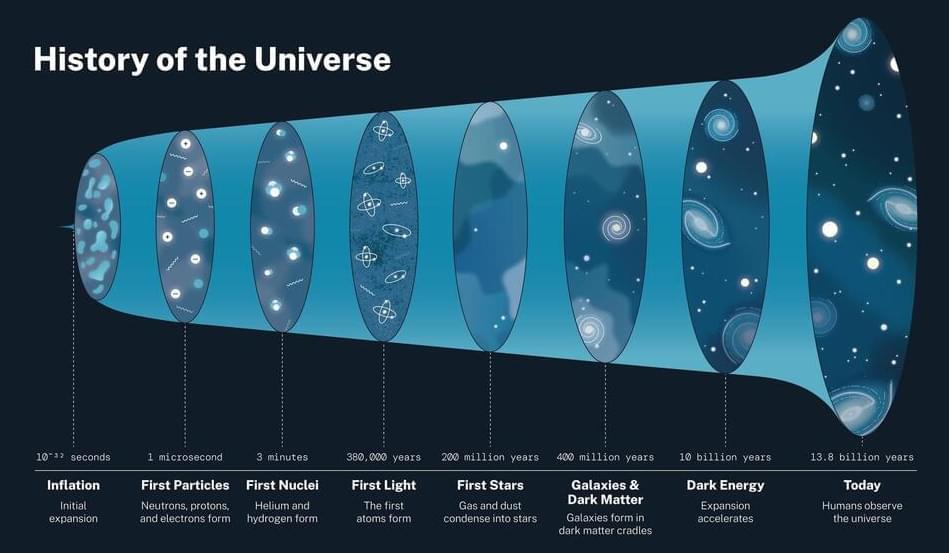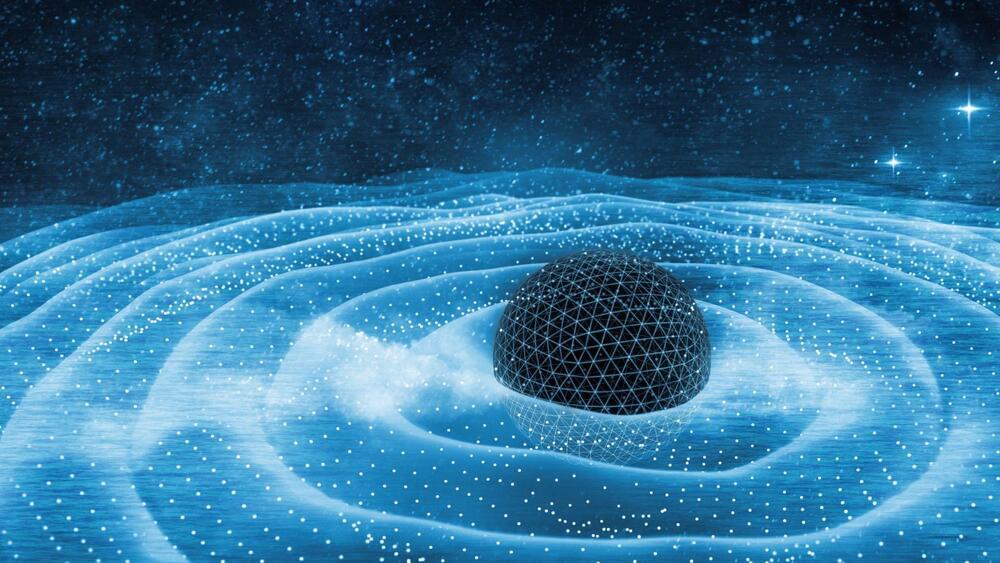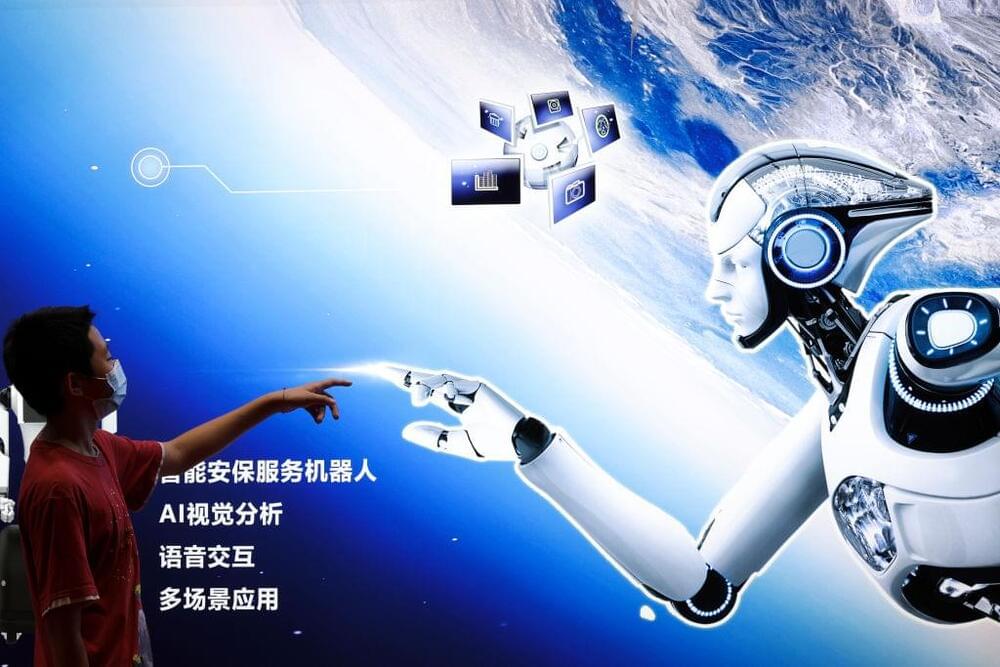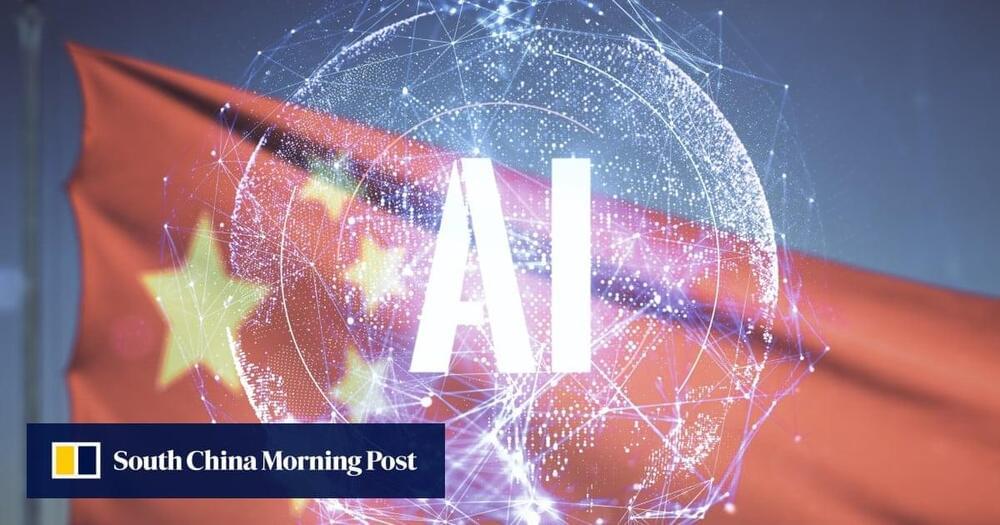Researchers analyzed emission data from quasar 3C 273 using two theoretical models, revealing complexities in understanding quasar behavior and the mechanics of supermassive black holes.
In a new paper in The Astrophysical Journal, JILA Fellow Jason Dexter, graduate student Kirk Long, and other collaborators compared two main theoretical models for emission data for a specific quasar, 3C 273. Using these theoretical models, astrophysicists like Dexter can better understand how these quasars form and change over time.
Quasars, or active galactic nuclei (AGN), are believed to be powered by supermassive black holes at their centers. Among the brightest objects in the universe, quasars emit a brilliant array of light across the electromagnetic spectrum. This emission carries vital information about the nature of the black hole and surrounding regions, providing clues that astrophysicists can exploit to better understand the black hole’s dynamics.
